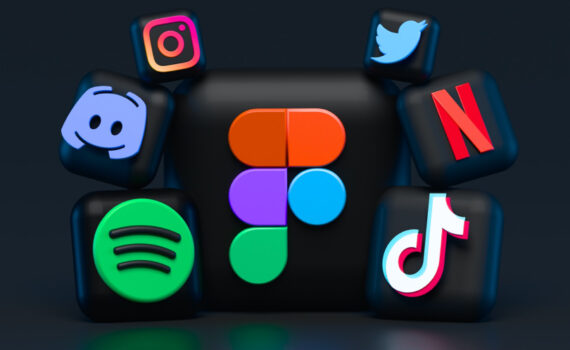The Art of Visual Communication: Using Infographics to Tell Your Story ✨

In a world where information is abundant and attention spans are short, the art of visual communication has become more critical than ever. Among the myriad visual tools available, infographics stand out as powerful instruments for conveying complex information in a visually appealing and easily digestible format. Let’s explore the art of visual storytelling and how infographics can be harnessed to effectively tell your story.
The Power of Visuals in Communication
Humans are naturally drawn to visuals. Our brains process images faster than text, and visual content tends to be more memorable. Infographics leverage this preference for visual information, presenting data, concepts, and narratives in a visually engaging manner.
Why Choose Infographics?
- Simplicity in Complexity: Infographics distill complex information into simple, easy-to-understand visuals. Whether explaining intricate processes, presenting statistical data, or outlining a timeline, infographics simplify the message for the audience.
- Increased Engagement: The combination of images, colors, and minimal text captures and sustains audience attention. Viewers are more likely to engage with and share content that is visually stimulating.
- Universal Appeal: Infographics have a broad appeal as they transcend language barriers. Anyone, regardless of their language proficiency, can comprehend the information presented in a well-designed infographic.

Key Elements of Effective Infographics
- Clear Storyline: Define a clear narrative or message before creating the infographic. A well-structured storyline ensures that the audience can easily follow and understand the information presented.
- Visual Hierarchy: Use visual elements like size, color, and placement to establish a hierarchy of information. This guides the viewer’s eye through the infographic, emphasizing key points.
- Appropriate Design Style: Choose a design style that aligns with your brand and resonates with your audience. Whether it’s a sleek, modern design or a more playful and colorful approach, consistency is key.
- Data Visualization: If your infographic involves data, use charts, graphs, and icons to represent information visually. This not only enhances understanding but also makes the content more shareable.
- Whitespace Utilization: Don’t overcrowd the infographic. Strategic use of whitespace improves readability and prevents visual clutter. It allows the audience to focus on the essential elements of the story.

Creating Your Infographic: Step-by-Step Guide
- Define Your Purpose: Clearly outline the purpose and objective of your infographic. What story do you want to tell? What information do you want to convey?
- Research and Gather Data: Collect accurate and relevant data that supports your message. Ensure that your information is credible and up-to-date.
- Storyboarding: Plan the flow of your infographic by sketching a rough storyboard. Identify the key sections and how they will connect to tell a cohesive story.
- Design and Layout: Using design tools or working with a graphic designer, bring your storyboard to life. Pay attention to color schemes, fonts, and overall aesthetics.
- Review and Refine: Before publishing or sharing, review your infographic for accuracy, clarity, and coherence. Get feedback from colleagues or peers to ensure it effectively communicates your message.
- Distribution: Share your infographic across relevant channels such as social media, blogs, or presentations. Consider creating different versions for various platforms.




LEAVE A COMMENT